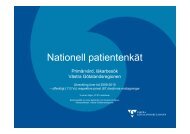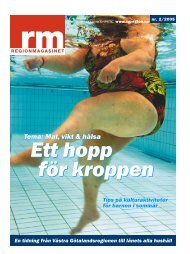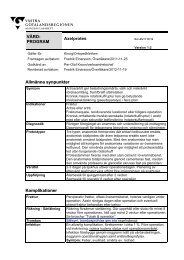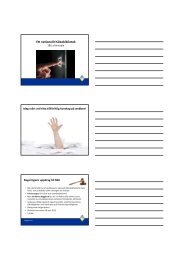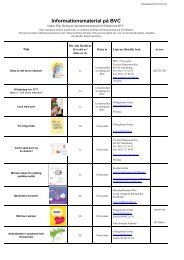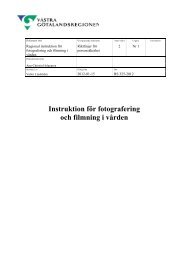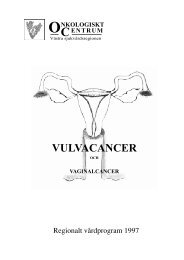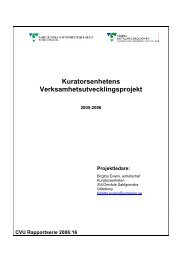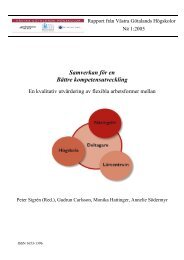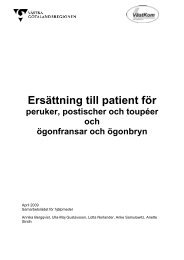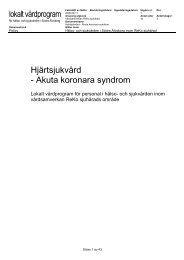FOURTEENTH ANNUAL EUROPEAN PRESSURE ULCER ...
FOURTEENTH ANNUAL EUROPEAN PRESSURE ULCER ...
FOURTEENTH ANNUAL EUROPEAN PRESSURE ULCER ...
Create successful ePaper yourself
Turn your PDF publications into a flip-book with our unique Google optimized e-Paper software.
Thursday September 1st<br />
Introduction<br />
Proceedings of the 14th Annual European Pressure Ulcer Meeting<br />
Oporto, Portugal<br />
Pressure Ulcer Prevalence Reductions Seen from the<br />
International Pressure Ulcer Prevalence Survey<br />
Catherine VanGilder, MBA, BS, MT, CCRA, Charlie Lachenbruch, PhD, Stephanie Amlung, PhD,<br />
Patrick Harrison BA, Stephanie Meyer, AS<br />
1* Hill-Rom Clinical Research and Engineering Departments, Batesville, IN, USA<br />
catherine.vangilder@hill-rom.com<br />
There has been a generalized focus in pressure ulcer<br />
prevention efforts across national healthcare systems.<br />
Guidelines for these efforts have been put in place following<br />
reports of poor healthcare quality in 1999 by the Institute of<br />
Medicine, which stated that thousands of Americans either<br />
died from errors in care, or suffered non-fatal injuries.[1] This<br />
was followed by a 2001 report Crossing the Quality Chasm<br />
which noted that “there was an absence of real progress in<br />
addressing quality and cost concerns and in the<br />
improvement of clinical care processes“.[2] In contrast with<br />
these general findings, data from the International Pressure<br />
Ulcer Prevalence Survey, which surveys almost 100,000<br />
patients each year, there has been a significant annual<br />
reduction in pressure ulcers in the US for the last 4 years,<br />
and in Canada over the last 2 years. This report will provide<br />
a summary of overall prevalence (OP) and facility acquired<br />
pressure ulcer prevalence (FAP) data from 2003-2010 from<br />
the US and 2008-2010 data from Canada.<br />
Methods: As part of quality improvement efforts,<br />
participating facilities perform prevalence surveys in their<br />
facilities during a pre-determined 24 hour period within a preselected<br />
2 to 3 day window. While the goal of the survey is<br />
to assess all admitted patients in a facility, 100% patient<br />
inclusion is not mandated for participation. Sites sign up on<br />
the sponsor’s website and receive study materials consisting<br />
of data collection forms, educational materials and general<br />
instructions. Facilities then receive a detailed report<br />
demonstrating individual progress and aggregate data are<br />
summarized for trends.<br />
Results: There has been a significant decrease in annual<br />
overall prevalence in the US each year from 2004-2006 and<br />
2008-2010 (p



